
A new attraction with science as its focus opened this week at Walt Disney World. Housed in Epcot’s Innoventions, The SpectacuLAB is a show in which guests can interact with real scientists and their intern as they demonstrate scientific principles.
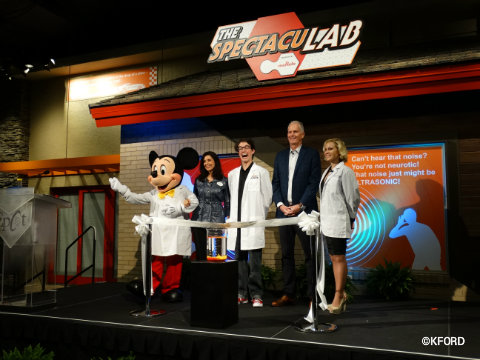
The show was designed by Science from Scientists, a non-profit organization dedicated to teaching and inspiring children to solve real-world problems by improving literacy in Science, Technology, Engineering and Math (STEM), in partnership with electronic components manufacturer Murata and Disney Parks Live Entertainment.
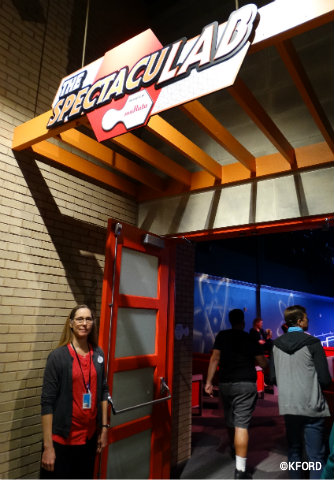
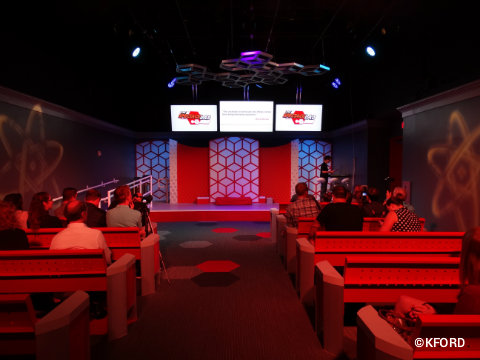
The SpectacuLAB is a 20-minute show that is appropriate for all ages. It takes place five times per day at 10:30 and 11:45 a.m. and 2, 3:15 and 4:30 p.m. in the building that used to be home to VISION House. Guests enter the lab and sit in pew-style seating. Those who want to be close to the action are invited to sit on the carpet close to the stage. Tip: If your child wants to be chosen to participate when the host asks for volunteers, it can’t hurt to be close to the stage.
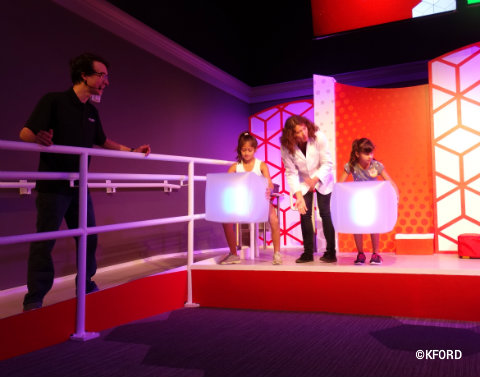
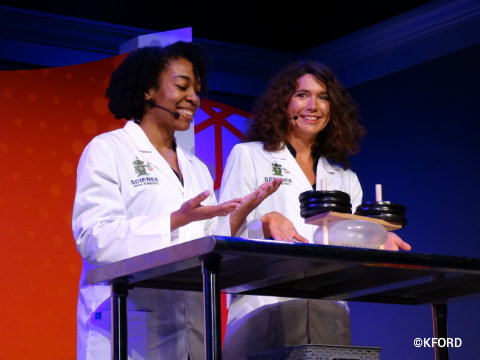
Through interactive demonstrations, guests at the attraction learn about scientific principles such as ultrasonic pressure, barometric pressure, acceleration and force. Audience volunteers help illustrate barometric pressure by raising and lowering cubes that changes colors and smashing a paper cup while an accelerometer sensor measures force. One of the scientists further demonstrates force when she lies on a bed of nails while other actions are taken.
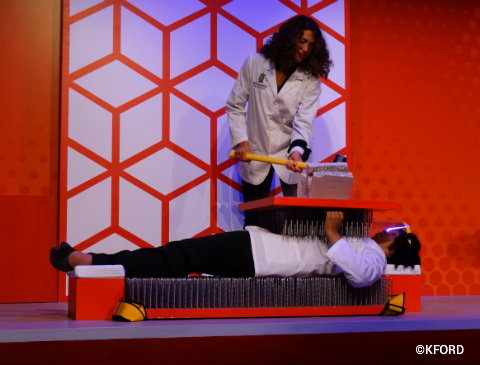
The founder of Science from Scientists, Dr. Erika Ebbel Angle, was part of the ribbon-cutting ceremony for The SpectacuLAB. I had the opportunity to speak with her this week and a few years ago when her organization helped produce the show “Science Thrills Live” at Walt Disney World for National Engineers Week. Ebbel Angle is a former Miss Massachusetts, MIT alumna, has a PhD in biochemistry from Boston University and is the host of the “Dr. Erika Show.”
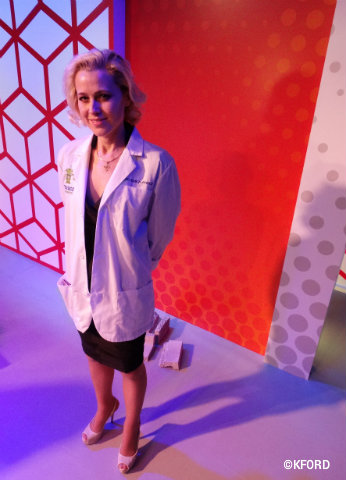
How will this exhibit appeal to guests visiting Walt Disney World where they have so much competing for their attention?
When this show was designed, the goal was to tell a great story — to be engaging, entertaining, fun and hands-on and have audience members come up on stage — but also to describe some of the technologies that students wouldn’t normally see in daily life and understand the importance of. Murata has such great technology that’s embedded in the sensors in your cell phone, in your car, in medical equipment, things that you see every day that you wouldn’t necessarily know is there.
How do you get kids excited about science?
There are several ways. The first is to make it real, so rather than make it something that’s covered in a textbook or described only as something they can imagine, you have to make it tangible. The second way is by having the right people. You have to have fun, cool, charismatic folks talking about the material so you’re dispelling the stereotype that all scientists are boring and have no other interests. So you have to find folks who are capable of talking to kids and getting them excited and making it understandable. Many scientists have a challenging time doing that.
How does relaying your story as pageant participant help girls relate to you and your mission?
The purpose of it [her crown] is to show that science is not a single activity for which you could have no other interests. So for me, my secret is that I have done pageants, I play the piano, I have other interests. So whether you’re an athlete or an artist, a magician or whether you like to play the kazoo, the point is that you can be a scientist or engineer and have other interests, as well. So, the messaging with the crown is “Look — it doesn’t matter what your other interests are. It doesn’t affect whether you can become a scientist.”
How do you reach out especially to girls and get them interested in STEM activities?
From what I’ve heard and from talking to girls between the ages of 5 and 13, the concerns are “Well, if I’m a scientist, no one will like me or I won’t have friends” or “I’m going to be labeled a geek.” No. 1: It’s cool to be a geek because if you’re not a geek, one day you’ll probably be working for one. No. 2: Embrace who you are. That doesn’t affect whether or not you can be a scientist, a biochemist, an astrophysicist, an engineer.
So, the message to girls is “You are who you are. Be very comfortable with that. Don’t let what other people say to you affect the decisions that you make. Don’t let people harass you into thinking you can’t do something because you’re a girl. It’s just the same as saying, ‘You wear pink shoes, and, therefore, you can’t be a scientist’.”
Again, producing high-quality role models helps so girls say, “OK, that person is a scientist and they’re pretty normal and have a life and other interests.” And then just helping them to be themselves and encouraging them to be comfortable in their own skin and letting the rest go.
Do you find that kids are especially interested in one branch of science over others?
That’s an interesting question. Historically there have been many fewer women in science, especially in engineering, than men. I think a lot of that has to do with role models. But now that there are more women in medicine, in the life sciences — biology, chemistry — you’re seeing even more women apply. Statistics show that more women go to college than men these days, and there are quite a few in medical school and in the life sciences. But fewer in physics and computer science. I think part of that is that girls don’t see many women, so as a result they have no role models.
So one of the things we try to do is find these people and say, ” ‘Come out, talk to kids, and say they can do it’.” Maybe in the next five to 10 years we may start seeing a shift as more women [are more visible].
The trend has been very interesting even for boys. Girls outscore boys on the SAT, and their grades are better. I think there are a variety of different reasons. Boys tend to mature a little later and then they finally settle into themselves and become who they are later on. There’s also a different mindset. I’ve noticed that men and women think very differently. As girls get older, they’re less afraid to fail. Whether that’s environmental or genetic, who knows? Boys don’t care as much about just raising their hands and being wrong. But girls won’t raise their hands if they’re not totally sure.
Ultimately if the activities are good enough and the content isn’t boring, I think you can encourage both simultaneously.
DISCLAIMER: I was a guest of Walt Disney World for the opening of the SpectacuLAB at Epcot. This did not affect my story; my opinions are my own.

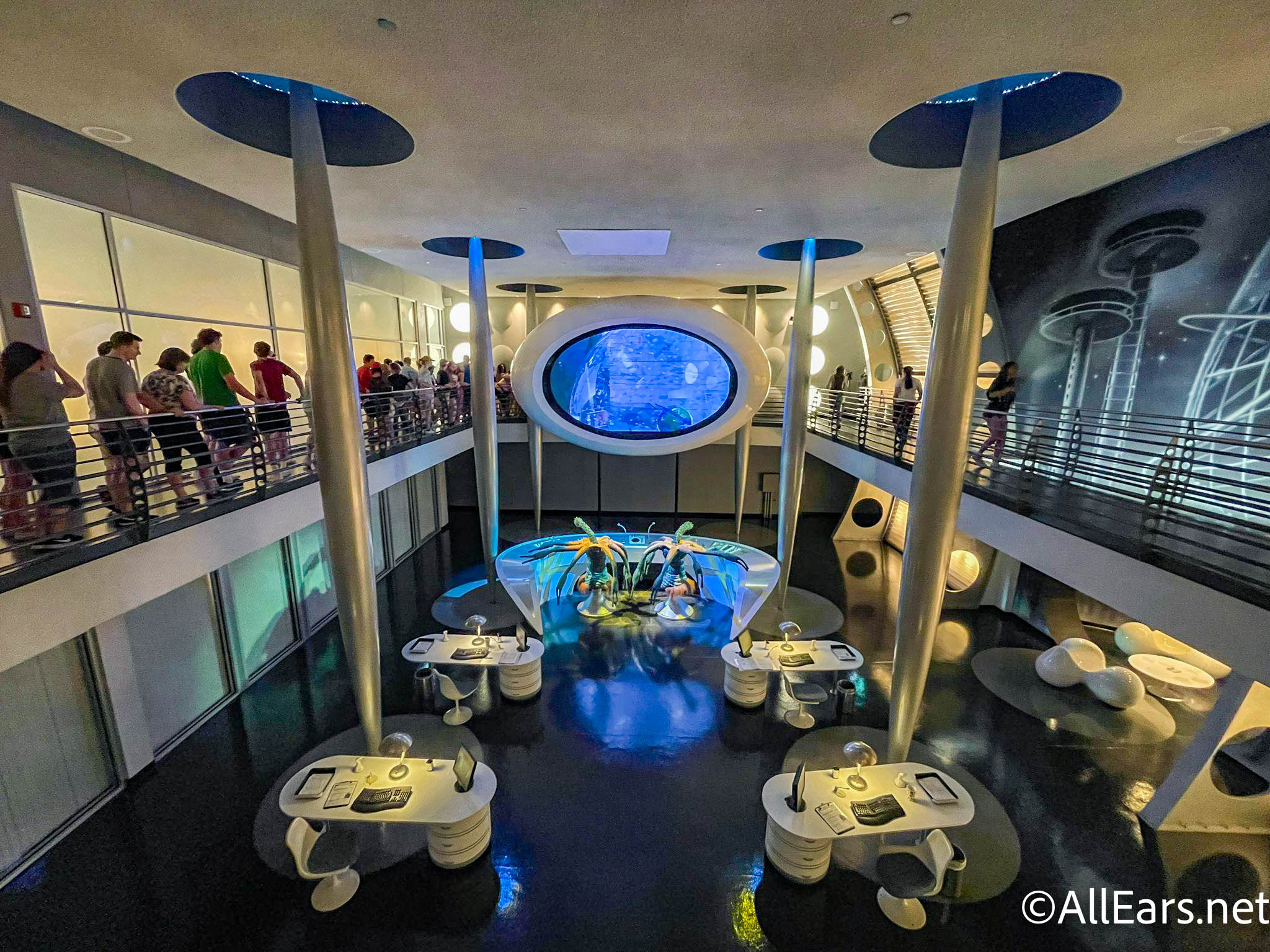



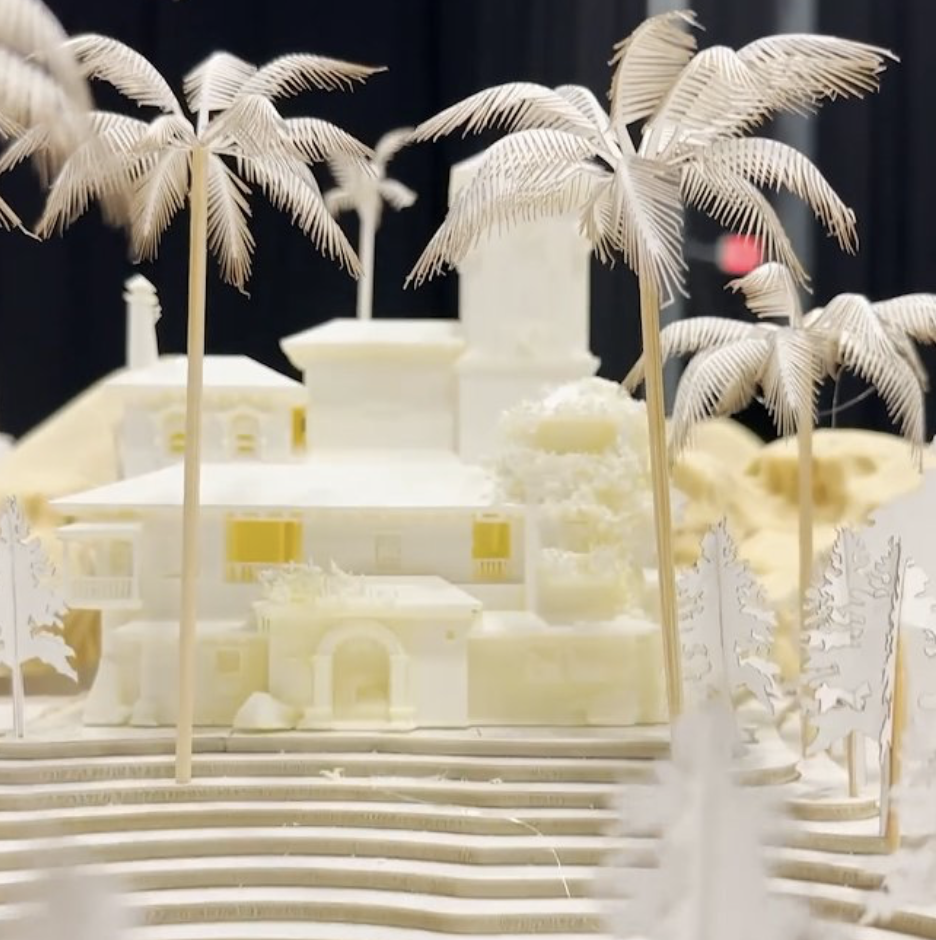
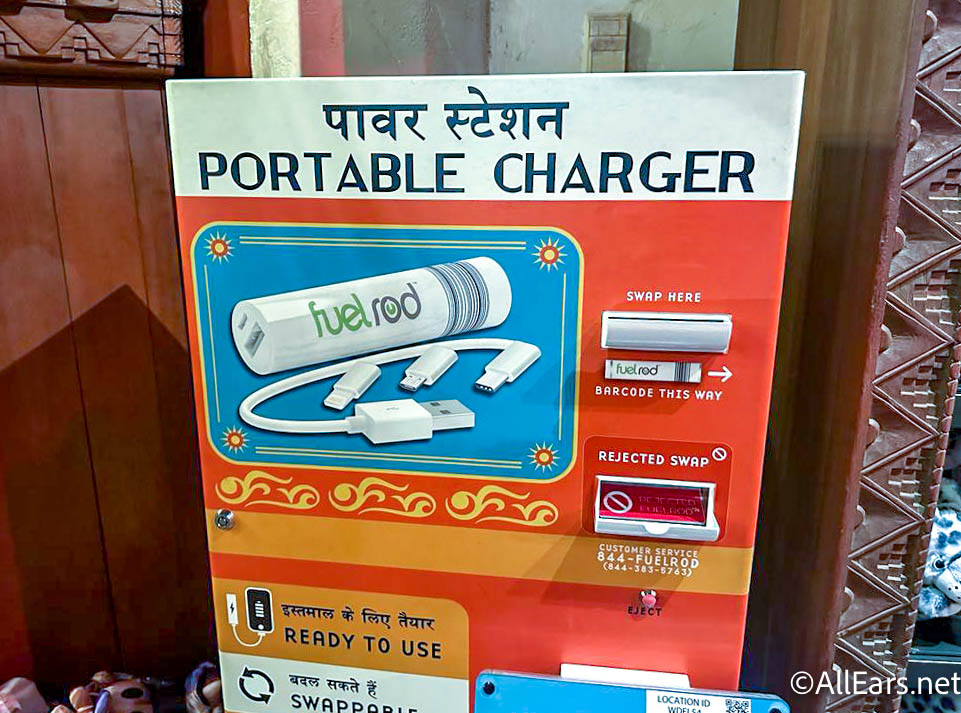
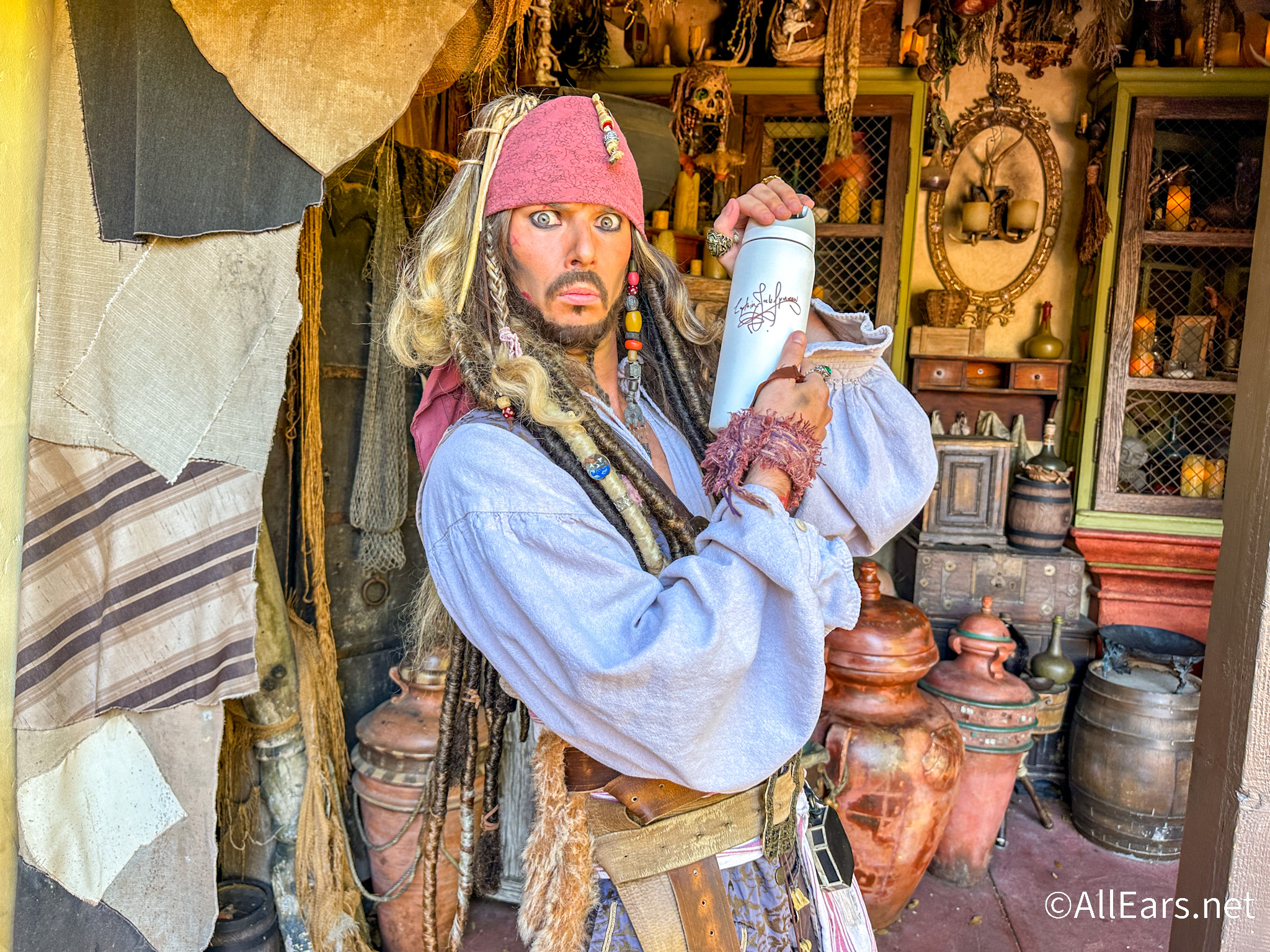
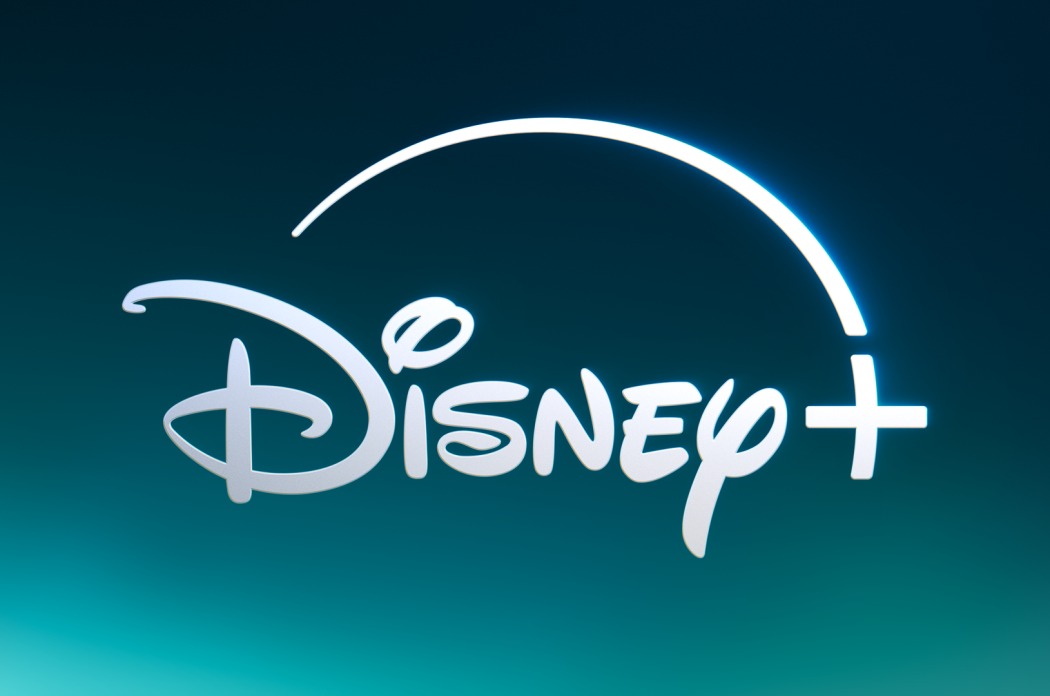
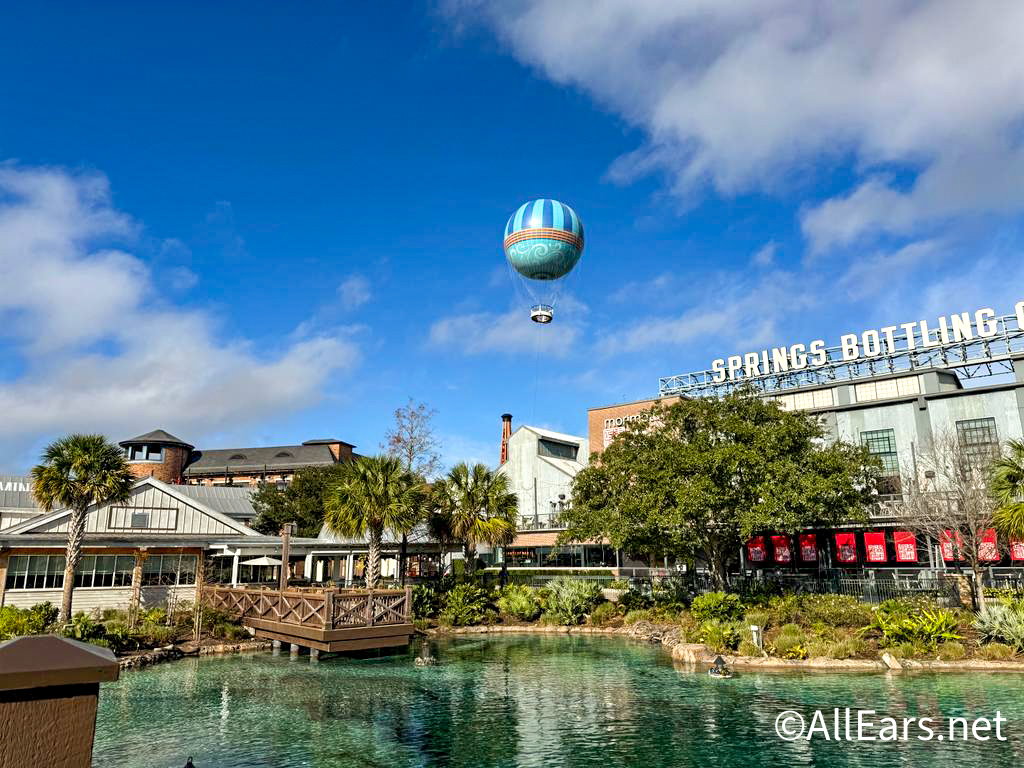
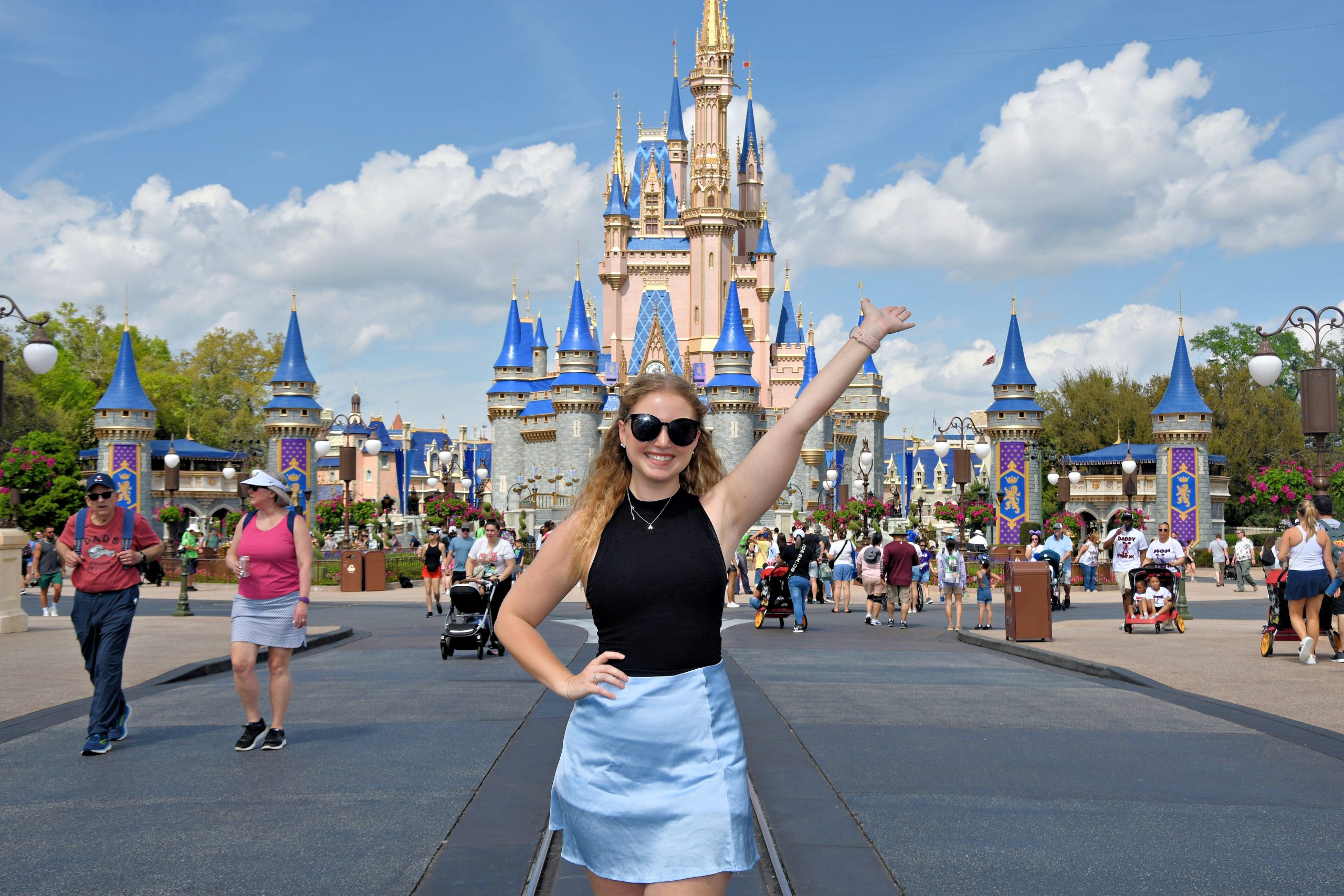
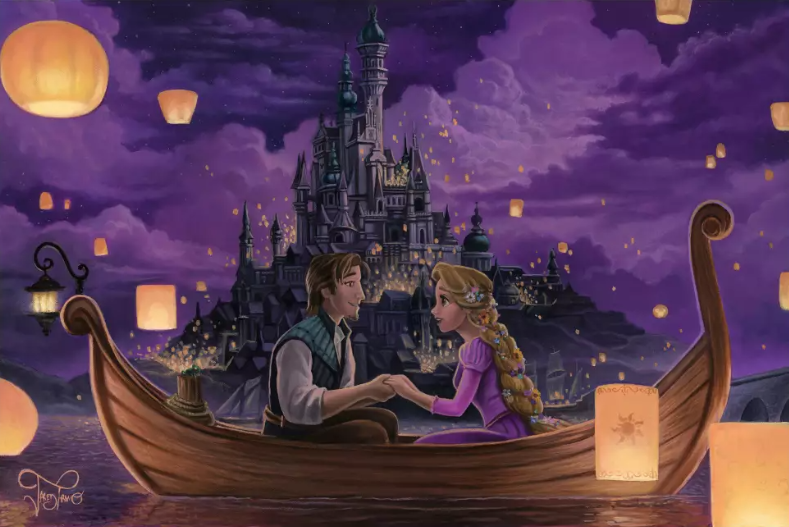

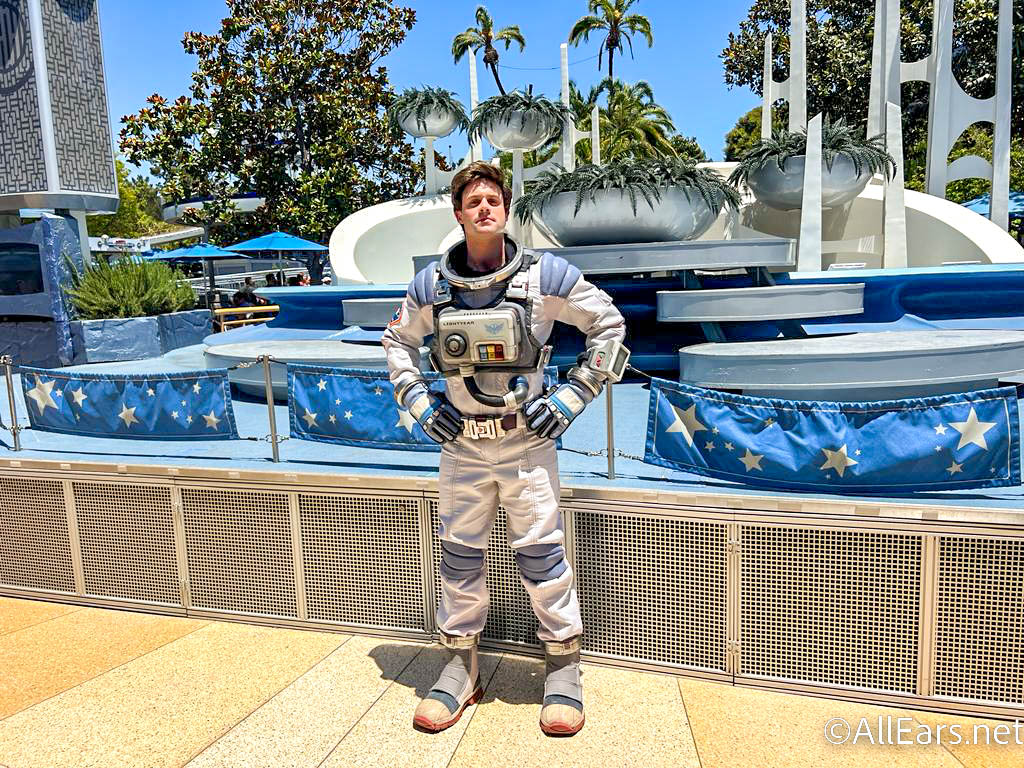
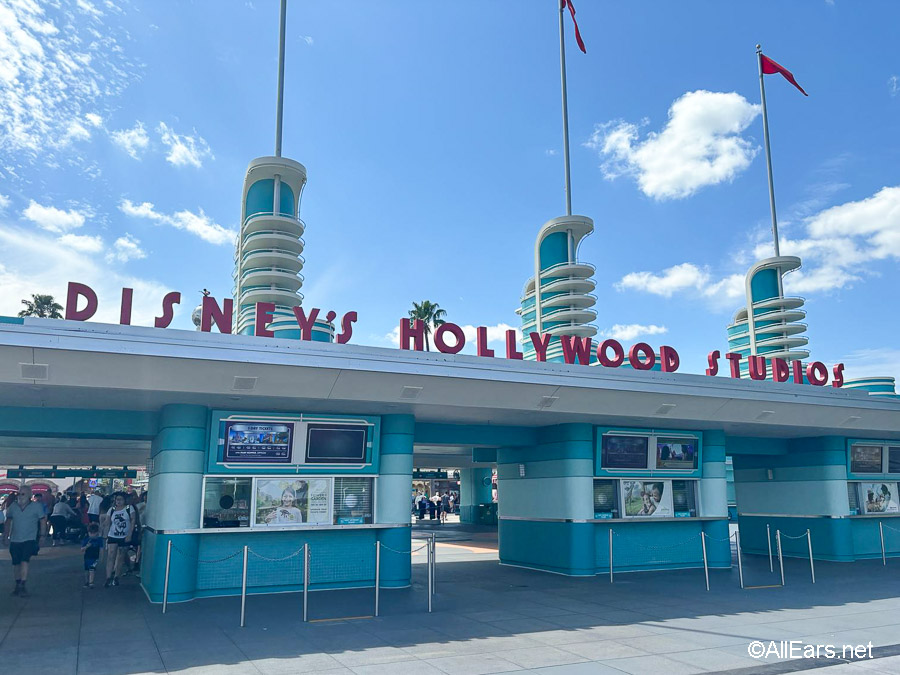

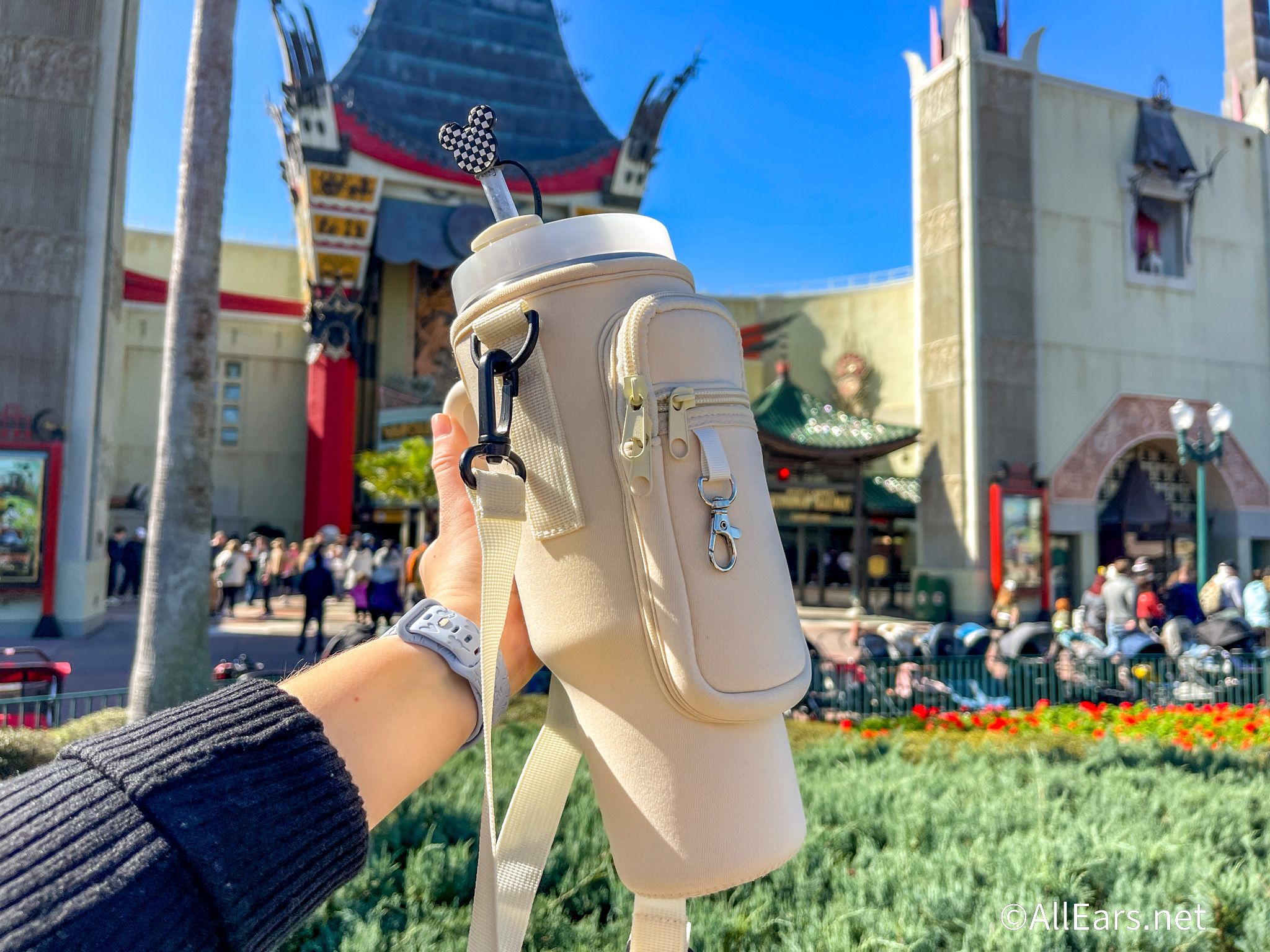



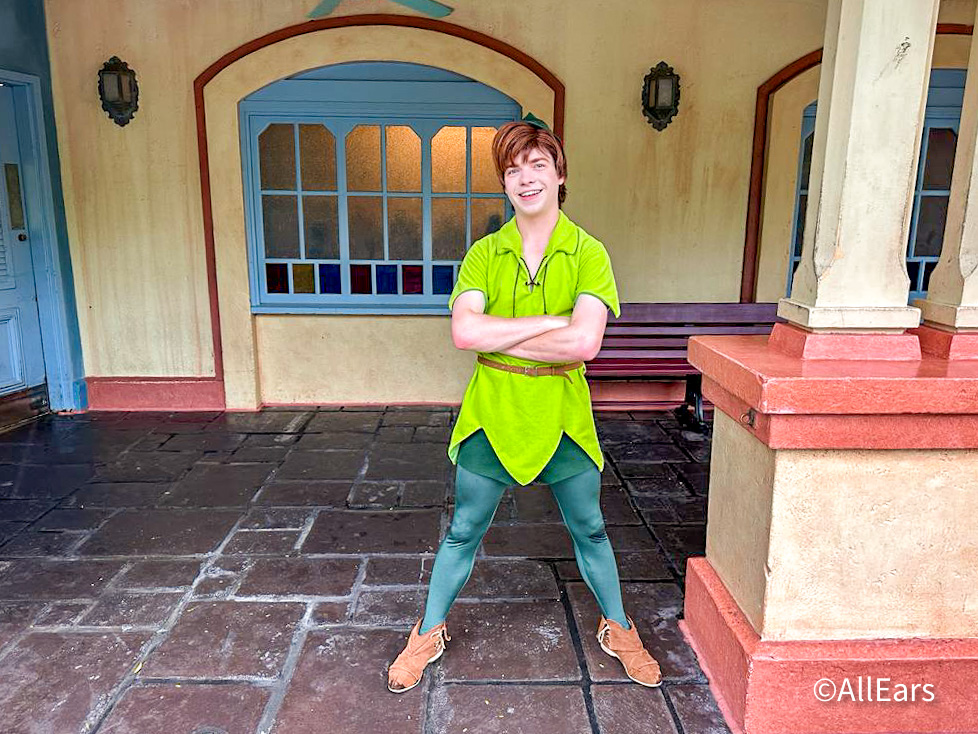

Trending Now
Two rides have announced months-long closures at Universal Studios Orlando!
Don't miss out on these super low prices on Amazon for a bunch of cool...
There will soon be a NEW way to get to Disney World and Universal from...
With the EPCOT International Food and Wine Festival right around the corner, make sure you...
We've got a brand new look at the Disney's Animal Kingdom expansion plans!
Let's talk about those souvenir photos that scream “This Is My First Trip to Disney...
We took a trip to Adventureland and found some must-have souvenirs!
The legendary music event, previously exclusive to IMAX, is having its global streaming premiere on...
We have details about an exclusive dining experience coming to Disney Springs!
Here's why I avoid the most popular park in Disney World, Magic Kingdom!
A new Tangled ride is coming to Disney's reimagined Paris park.
If you're a Florida resident, we have an AMAZING theme park ticket deal to share...
A group of Disneyland employees have signed a petition to unionize. Here's what we know.
Mickey Shorts Theatre will be closed for most of May.
Southwest Airlines is expanding their service to Orlando from this Midwestern city.
Stanleys are trending and you can grab them on SALE on Amazon before your next...
Keep an eye on the weather in Florida this weekend -- it's going to be...
You'll NEVER guess who just visited Disney World!
Celebrating your birthday in Disney World soon? HOW FUN! Check out some of our favorite...
To get this NEW popcorn bucket, you'll have to grab some faith, trust, and pixie...